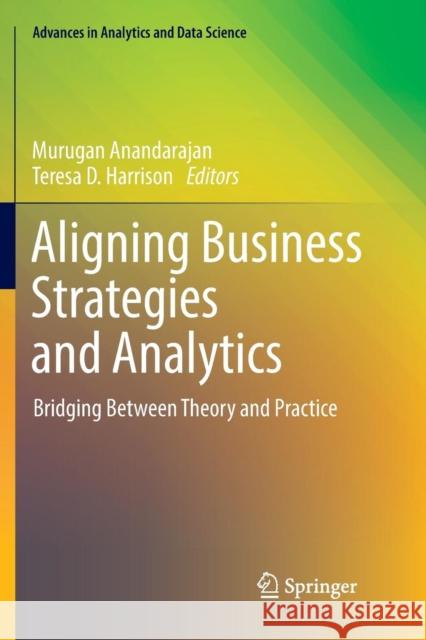Aligning Business Strategies and Analytics: Bridging Between Theory and Practice » książka
topmenu
Aligning Business Strategies and Analytics: Bridging Between Theory and Practice
ISBN-13: 9783030066345 / Angielski / Miękka / 2018 / 211 str.
Kategorie:
Kategorie BISAC:
Wydawca:
Springer
Seria wydawnicza:
Język:
Angielski
ISBN-13:
9783030066345
Rok wydania:
2018
Dostępne języki:
Numer serii:
000837242
Ilość stron:
211
Waga:
0.33 kg
Wymiary:
23.39 x 15.6 x 1.24
Oprawa:
Miękka
Dodatkowe informacje:
Wydanie ilustrowane











